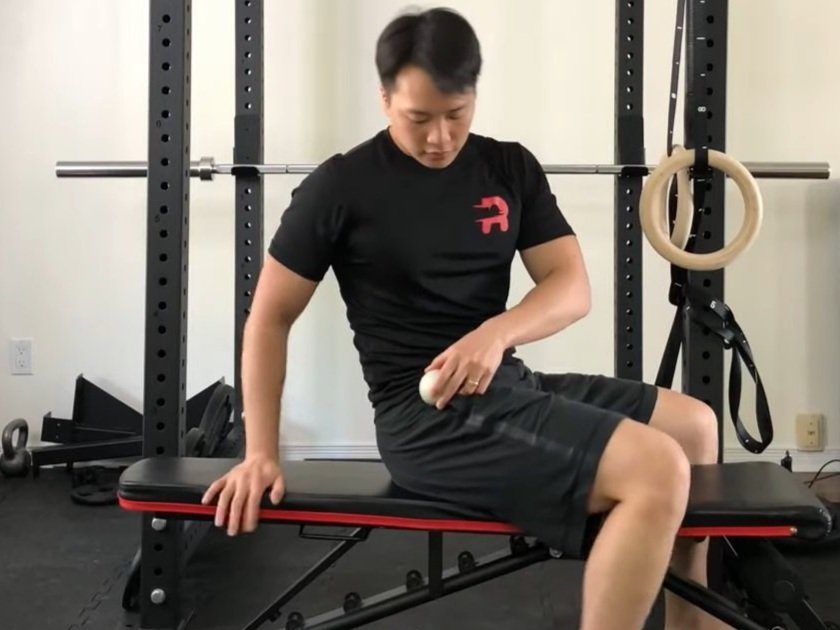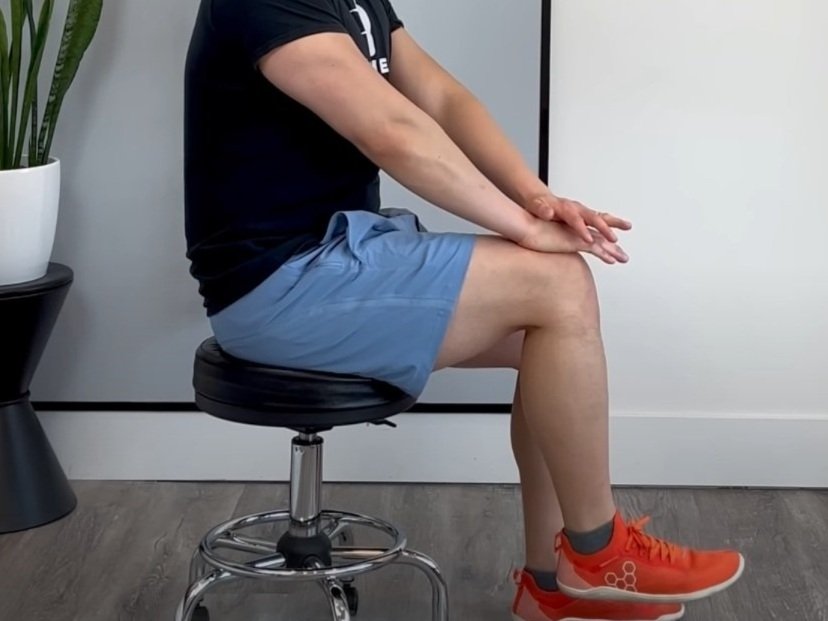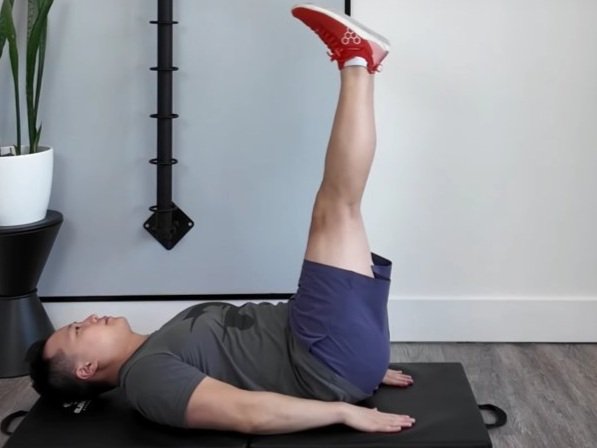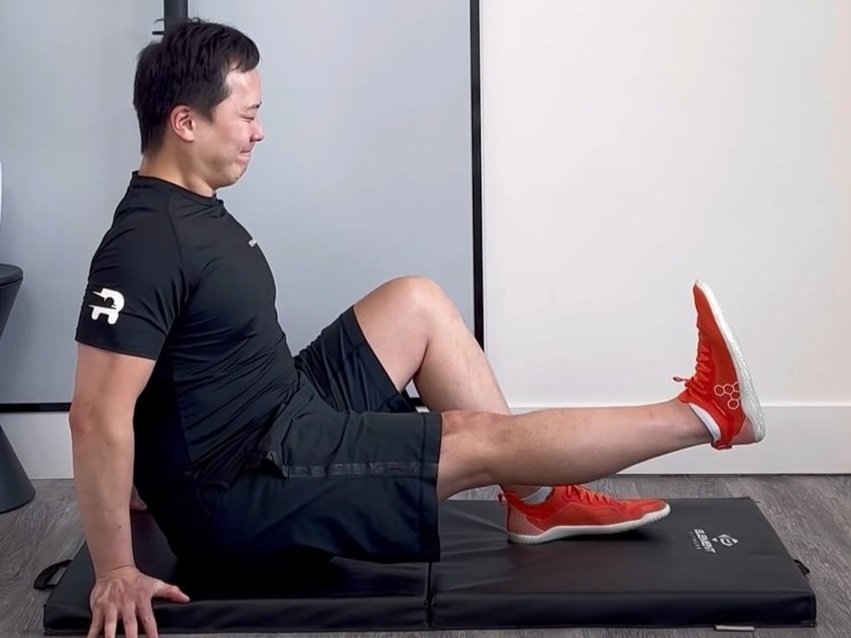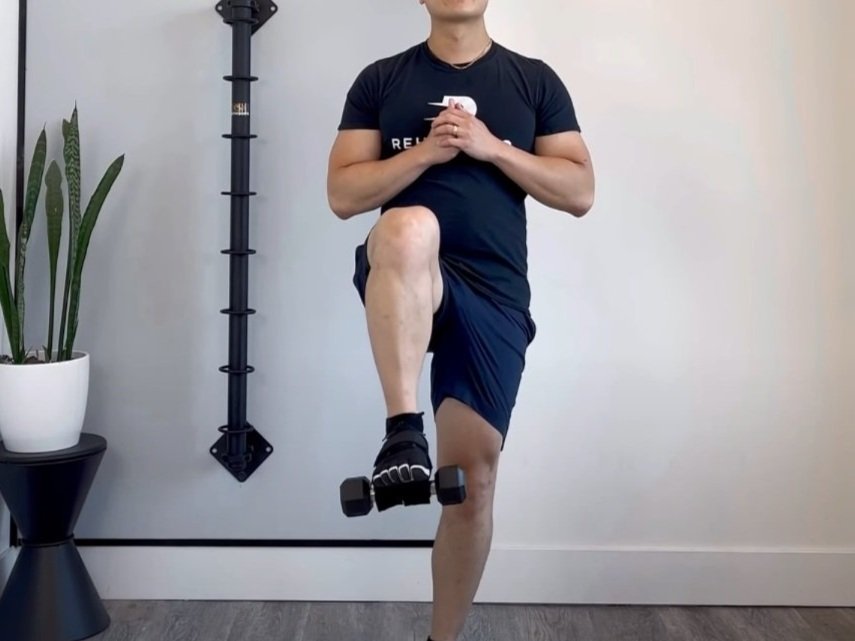Tensor Fascia Latae
What is the TFL?
Learn about how this small hip muscle can make all of the difference.
What is the Tensor Fascia Lata?
The tensor fascia lata or TFL is a small muscle on the front of the hip that can become dysfunctional with acute trauma or with repetitive overuse. Along with the gluteus maximus, it inserts into the iliotibial band (also known as the IT band), which is a thickening of the fascia latae. The iliotibial band will then insert into Gerdy’s tubercle of the tibia, and in this regard the TFL is known to affect knee flexion and lateral rotation.
Anatomy
The origin of the TFL is the anterior superior iliac spine (ASIS) of the pelvis and the anterior aspect of the iliac crest. The muscle then travels inferiorly to insert on the iliotibial band just below the greater trochanter. As previously mentioned, the IT band will then continue to travel inferiorly and laterally to insert into the proximal and lateral tibia.
The TFL is innervated by the superior gluteal nerve which comes from nerve roots L4, L5 and S1. It’s blood supply is from the superior gluteal and deep femoral arteries.
The TFL has been used in reconstructive surgeries for the deltoid muscles since the muscle belly length and fiber arrangement is similar.
Function
The TFL is responsible for hip flexion, hip abduction, and medial rotation (or internal rotation). When the feet are planted, it functions to move the innominate into anterior pelvic tilt. It also functions to tense the iliotibial band to support the femur during both single legged and double legged activities.
This muscle is active in walking, side kicks (or hip abductions), side stepping in sport, soccer (side pass), skating, and running. Additionally it functions to assist in pelvic stability in walking and standing.
Is the TFL a hip flexor?
One of the primary roles of the tensor fascia latae is to flex the hip. That said, it is not the main hip flexor of the body and can be overworked when compensating for stronger hip flexors like the psoas major, iliacus, rectus femoris, iliocapsularis and sartorius muscles.
What does a tight TFL cause?
The TFL can become injured through repetitive stress in hip flexion and abduction. Activities like running or aerobics can cause repetitive strain if progression is rapid without consideration for recovery. This typically occurs at the beginning of summer or spring when a previously inactive population begins to progress their cardio volume too rapidly. Considerations must be made for deconditioning of the TFL during off season months.
External snapping hip syndrome is a condition that can develop with repetitive strain of the TFL muscle. It occurs as the TFL snaps over the anterior lateral acetabular rim of the hip joint. This leads to a frictional rub that can irritate the soft tissues of the hip and lead to pain. Read more about this here >>
IT band syndrome is a condition that can develop as the TFL becomes overworked. This leads to hypertonicity of the TFL that causes excessive tightening of the IT band. This then leads to mechanical friction and pain at the iliotibial band’s insertion.
Greater trochanteric pain syndrome is a condition that occurs at the insertion of the TFL. Repetitive stress at this site leads to inflammation of the trochanteric bursa. This will lead to pain on the outer hip that is sensitive to touch (and may trigger pain when side sleeping).
Mechanical low back pain or SI joint pain may occur as the result of altered lumbo-pelvic biomechanics. This may occur when gait patterns become altered due to a dysfunctional TFL. Altered movement patterns can then lead to compensational overload of the sacroiliac joint, lumbar facet joints, and/or associated low back muscles.
What does TFL pain feel like?
Depending on the grade of the injury, TFL can present with pain differently. With repetitive strain injuries you may experience localized dull pain. With an acute strain the pain may be sharp with muscle contraction or with stretching.
The tensor fascia lata may also cause myofascial trigger point pain referral to the lateral aspect of the thigh. This pain can extend from the hip to the knee and is characterized by localized pain or tenderness, taut band found in the muscle belly, and may cause a jump sign when compressed. Click here to read more about trigger points >>
How long does it take for TFL to heal?
The length of time required for a TFL to recovery will depend on the degree or severity of the strain. Strains are typically graded from Grades 1 to 3. Respectively, typical recovery timelines are:
Grade 1 Strain: 2-3 weeks
Grade 2 Strain: 4-8weeks
Grade 3 Strain: 5-6 months or longer
Recovery will also depend on co-existing injuries such as the ones mentioned above. To know which grade of strain your TFL is injured it is recommended to get assessed by a health care provider. Health care providers such as a physiotherapist or chiropractor can assess your injury using muscle tests and/or orthopedic tests.
Muscle tests
Muscle tests will typically be used to assess for TFL strength and grade of strain. These tests can be performed side lying or supine.
Supine TFL Muscle Test
The patient is positioned in a supine lying position with the affected hip flexed between 45 to 60 degrees. The hip is abducted to roughly 30 degrees and is internally rotated. From here the clinician will apply a diagonal force directed towards the opposite ankle (pushing the leg into adduction and extension). A positive test is reproduction of pain and your strength is graded from 1-5.
Side Lying TFL Muscle Test
The patient is positioned in a side lying position with the affected hip flexed 45-60 degrees. The hip is internally rotated and then abducted to roughly 30 degrees. Your therapist will then apply a downward force to push the leg into extension and adduction.
How do you release TFL muscle?
The TFL can be massaged by a health care professional such as a registered massage therapist. With proper technique and dose it may also be appropriate to massage the TFL yourself using a massage ball or lacrosse ball.
DISCLAIMER: Self massage can be useful for addressing myofascial trigger points. However, caution should be taken as self massage can make your pain feel worse depending on associated conditions such as Greater Trochanteric Pain Syndrome or TFL strain. As such, it is always recommended to first ask your health care provider if a self massage is safe for your to do. Although the location of the pain is the same, each condition is managed differently.
Self massage should be limited to every other day as the muscle will require 48 hours to recover from the massage & to prevent injury. Massage can be applied for up to a 30 second maximum per tender spot. 2-3 tender spots maximum along the muscle belly of TFL may be target per self massage session.
Written By:
Dr. David Song, Chiropractor, Rehab Coach




